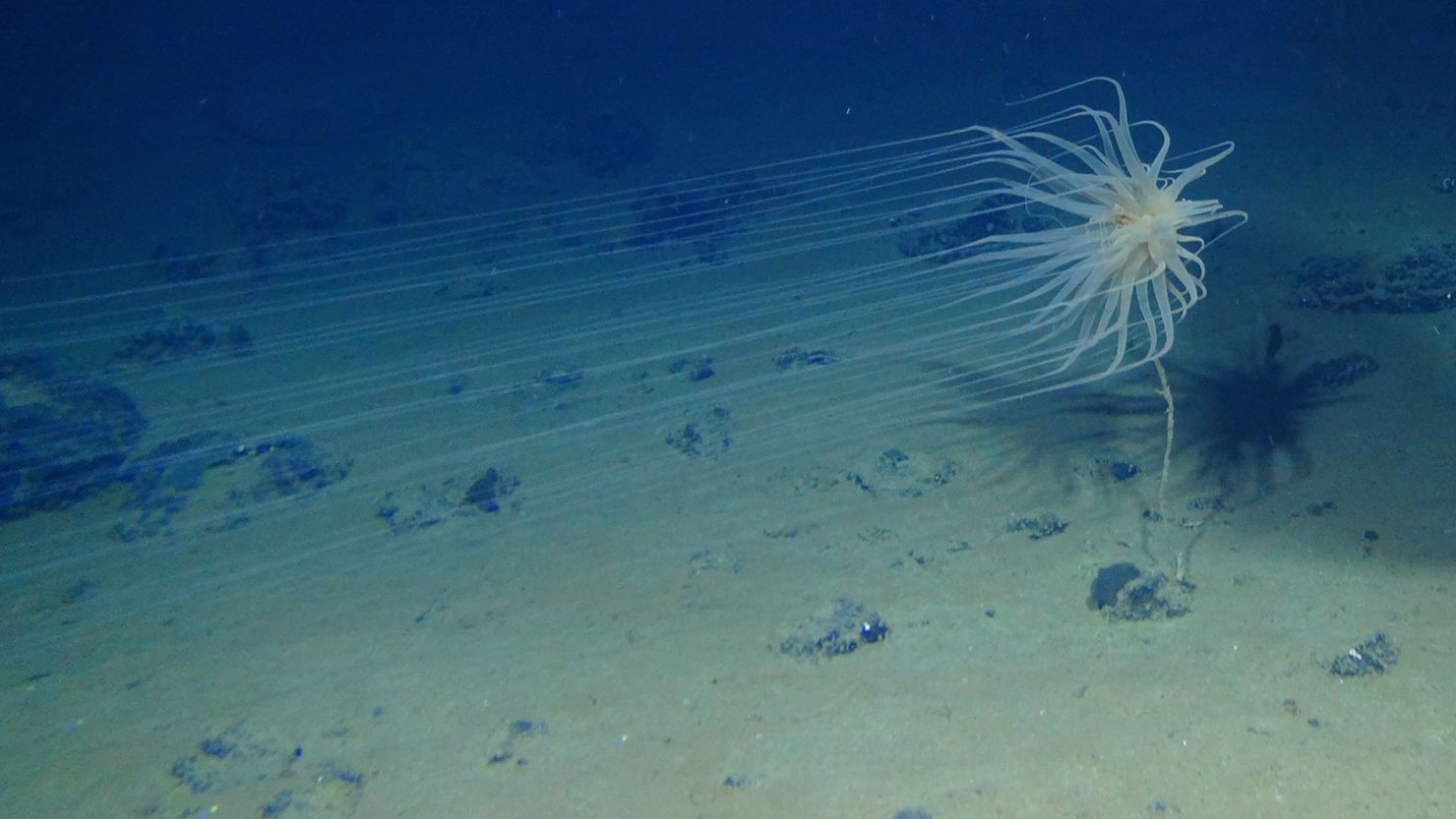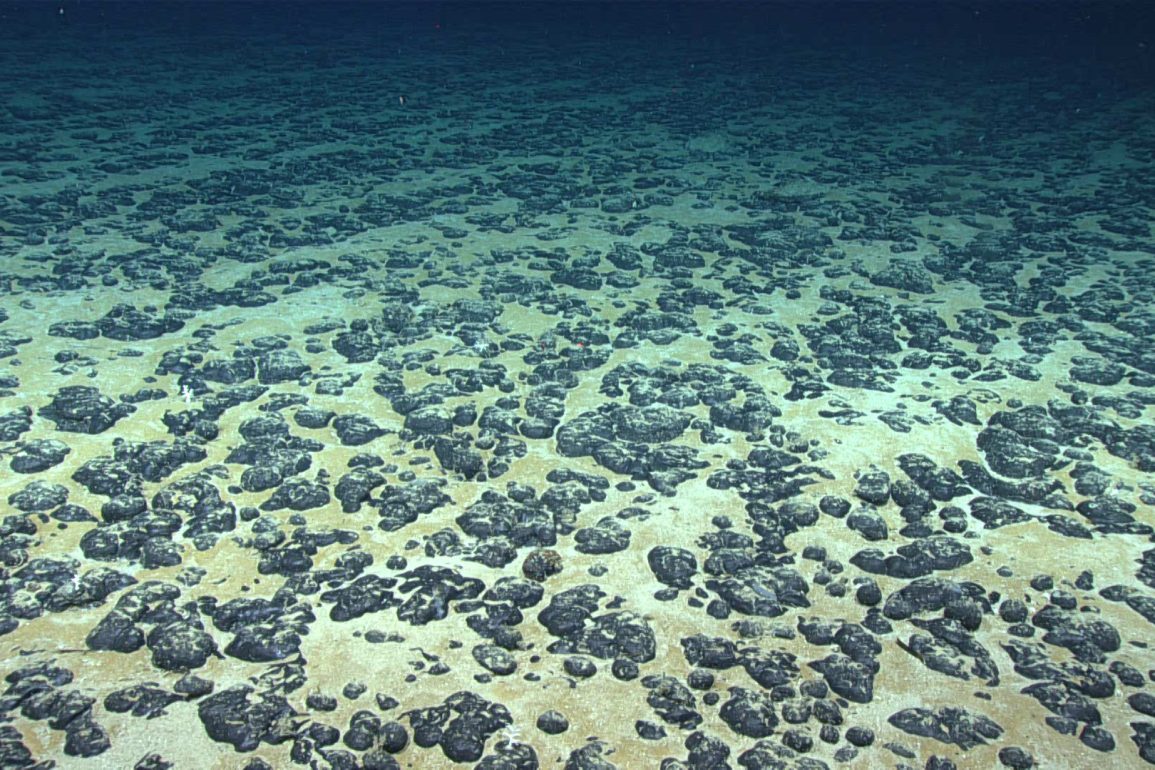Scientists have discovered a groundbreaking phenomenon of oxygen production in the deep ocean, far from any sunlight, challenging traditional beliefs about how oxygen is generated on Earth. This unexpected finding was observed by ocean scientist Andrew Sweetman and his team in 2013, during an expedition to the Clarion-Clipperton Zone in the Pacific Ocean.
At a depth of 13,100 feet, where sunlight does not penetrate, their sensors detected oxygen production. Initially, Sweetman suspected faulty equipment, but repeated observations confirmed the presence of oxygen, indicating a previously unknown source in these dark environments.
Further research published in Nature Geoscience revealed that this oxygen production, termed “dark” oxygen, occurs independently of photosynthesis. The process is linked to polymetallic nodules on the seafloor, which are rich in metals such as cobalt, nickel, copper, lithium, and manganese.
These nodules form over millions of years and are in high demand for green technologies like electric car batteries and solar panels. Sweetman and his team ruled out biological processes and focused on the electrochemical properties of the nodules, discovering that they act like natural “geobatteries,” generating electric currents that lead to seawater electrolysis and oxygen production.

The discovery of dark oxygen production has profound implications for deep-sea mining, which targets these valuable polymetallic nodules. Environmentalists and scientists are concerned about the potential impact of mining on deep-sea ecosystems.
These nodules play a crucial role in supporting marine life, and disrupting them could lead to long-term ecological damage. Historical evidence from early mining efforts in the 1980s shows that disturbed areas have not seen the return of even basic microbial life, highlighting the potential for creating “dead zones.”
The findings emphasize the need for sustainable mining practices to protect these newly discovered oxygen sources. The balance of deep-sea ecosystems could be severely disrupted by mining activities, causing long-term harm.
Marine biologists have noted that even bacteria have not recovered in previously mined areas decades later, while marine life thrives in untouched regions. This persistence of “dead zones” underscores the importance of careful scientific oversight before exploiting these resources.
There is a growing call among scientists and environmentalists for a moratorium on deep-sea mining until more is understood about its ecological impact. The potential for irreversible harm to deep-sea environments highlights the necessity of sustainable practices and thorough scientific research.
The discovery of dark oxygen production not only challenges existing scientific beliefs but also calls for a reevaluation of how we approach the extraction of deep-sea resources to ensure the protection of these fragile ecosystems.

